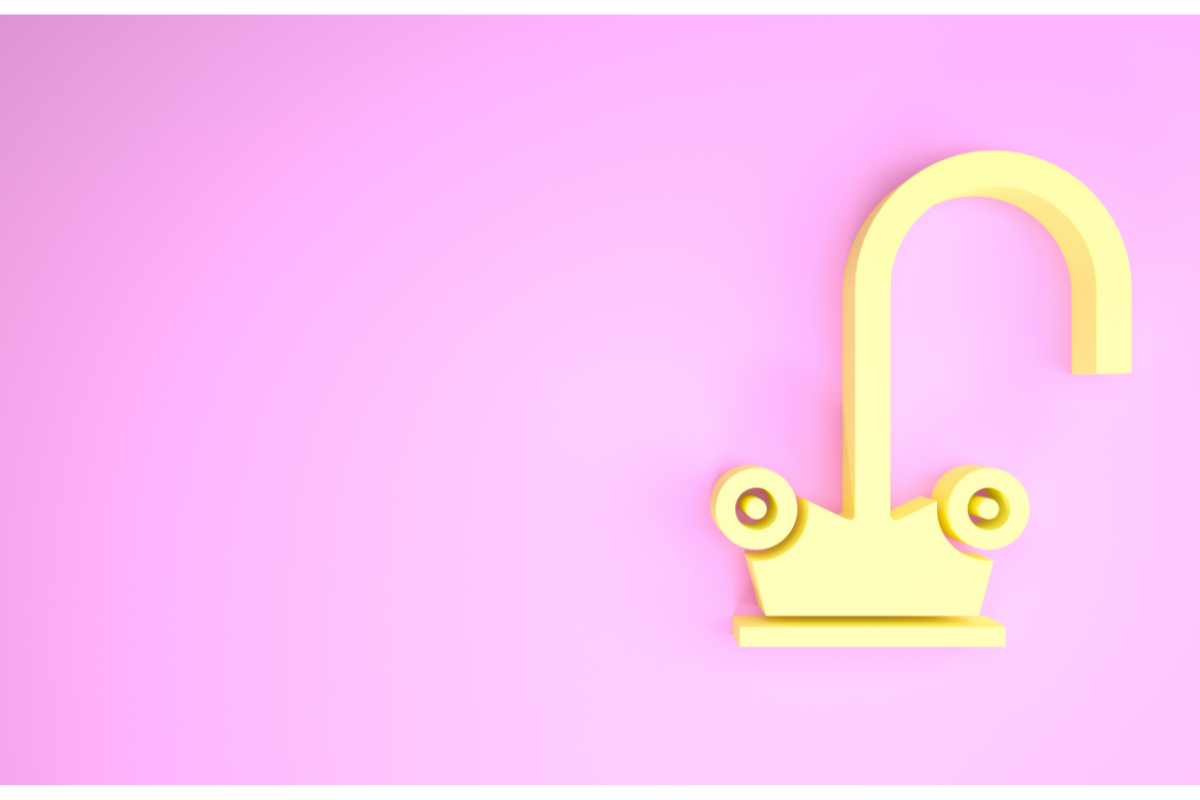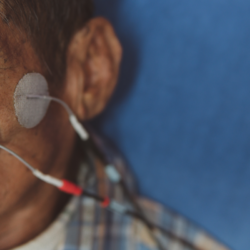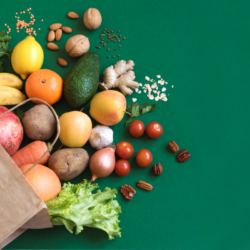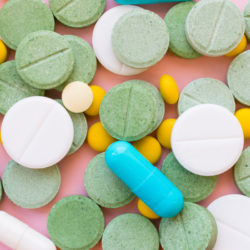It’s vital to ensure that the water we drink and use every day is clean and free from pollutants such as sediment, heavy metals and microbes. Fortunately, there are several ways of dealing with this problem. Discover in this article the best alternatives for purifying your water at home and ensuring healthy water for you and your family.
Why choose to purify your water? Reasons and benefits
There are many reasons why it’s important to choose to purify your water at home. Here are some of the main reasons and benefits:
To protect your health and that of your family
Tap water can contain impurities, heavy metals, drug residues, pathogenic micro-organisms and chemicals from water treatment processes. By purifying your water, you reduce the risk of consuming these contaminants and protect your health and that of your loved ones.
Improve the taste and smell of your water
Tap water can have an unpleasant taste or smell due to impurities or chemical treatments. Purifying water eliminates these undesirable substances and improves its taste and smell, making it more pleasant to drink.
Help protect the environment
By purifying your water at home, you reduce your consumption of bottled water, the production and transport of which generates a significant ecological footprint. What’s more, the plastic in water bottles contributes to the pollution of oceans and ecosystems. By choosing to purify tap water, you are making an eco-responsible choice.
Save money
Bottled water is more expensive than tap water. By purifying water at home, you save money in the long term. What’s more, most water purification methods are inexpensive and easy to implement.
Quality water in all circumstances
By purifying your water at home, you can be sure you’ll have quality water under all circumstances, even in the event of problems with the drinking water network or accidental pollution. This way, you can deal with any emergencies that may arise by being self-sufficient in the production of drinking water.
Fabric filtration: an essential first step
Filtering the water on fabric, ideally cotton, is an essential preliminary step. This method significantly reduces the quantity of impurities present in the water, by retaining solid residues and insect larvae. However, this technique is not sufficient to eliminate bacteria and viruses, which is why other complementary methods are needed.
Boiling: a simple, effective solution
Once the water has been filtered through a cloth, boiling is a crucial stage in ensuring that the water is free from viruses and bacteria. This ancient method, both simple and effective, has survived the centuries and is still one of the best ways to purify water at home. Start by pouring the filtered water into a saucepan and bringing it to the boil. Keep it boiling for around 10 minutes, which will destroy the vast majority of harmful micro-organisms in the water. The high temperatures reached during the boiling process are fatal for these micro-organisms, ensuring that the water is healthy and clean.
However, it is important to note that boiling can slightly alter the taste of the water. In fact, boiled water can seem a little bland, due to the reduced concentration of dissolved gases such as oxygen and carbon dioxide. To remedy this problem and make the water more pleasant to drink, don’t hesitate to add a few drops of lemon. Not only will this freshen the taste of the water, but it will also add a touch of vitamin C to boost your immune system.
You can also let the water cool to room temperature or refrigerate it before drinking, to improve its flavour. If you wish to keep the boiled water for several days, make sure you store it in a clean, airtight container, away from light and heat, to preserve its quality and freshness.
Binchotan charcoal: a natural purifier
Binchotan charcoal is known for its purifying and purifying properties. This activated carbon traps impurities in the water, absorbs harmful chemical molecules and releases beneficial minerals such as calcium, magnesium and potassium. To use, boil the charcoal stick for 5 to 10 minutes, then place it in a carafe or bottle of tap water. Leave the water to filter for at least 1 hour and up to 8 hours for optimum purification. Binchotan carbon can be used for up to 6 months and is recyclable, so it can be used to absorb unpleasant odours in the home or on shoes.
Chlorination: an effective treatment method
Chlorination involves adding chlorinated products to water to eliminate any micro-organisms present. This can be chlorine tablets or bleach. In just 30 minutes, the water is purified and can be kept for several days, depending on storage conditions. The long-lasting effect of chlorine means that water quality is guaranteed for this period.
In short, there are several simple and effective methods for purifying tap water at home. Among these, cloth filtration, boiling, the use of Binchotan carbon and chlorination stand out for their simplicity and effectiveness. Other techniques, such as moringa seeds, colloidal silver, ceramic beads, sand filtration, portable filters or the use of pine branches, also offer interesting alternatives for purifying water.
Moringa seeds: a natural, environmentally-friendly solution
Moringa seeds, from the moringa tree, have ‘flocculent’ properties that enable them to purify water by agglomerating suspended particles. To do this, crush the seeds, mix with water and shake vigorously. Then pour the mixture into the water to be purified and wait a few hours for the particles to settle to the bottom of the container. The water treated in this way will be clearer and free of most impurities.
Colloidal silver: a powerful antimicrobial agent
Colloidal silver, made up of silver nanoparticles suspended in water, is recognised for its properties antimicrobial properties. By adding a few drops of colloidal silver to your water, you can help eliminate bacteria, viruses and protozoa. However, it is essential to follow the recommended dosages to avoid any risk of toxicity.
Ceramic beads: gentle, effective filtration
Ceramic beads, made from clay enriched with beneficial micro-organisms, purify water by retaining impurities and balancing its pH. Simply place the pearls in a carafe or bottle of water and leave them to work for a few hours. Ceramic beads last for several years and require very little maintenance.
In short, there are many alternatives for purifying water at home, ranging from the simplest methods to the most elaborate techniques. It’s important to choose the method that best suits your needs and lifestyle. To obtain products such as chlorine tablets or activated carbon, don’t hesitate to turn to specialists and find out about the solutions available.
FAQ : Water purification at home
Q : What’s the first step in purifying water at home?
R : The first step in purifying water is to filter it through a cloth, ideally cotton, to retain solid residues and insect larvae.
Q: Why is it necessary to boil water?
A: Boiling water eliminates viruses and bacteria by exposing them to high temperatures for about 10 minutes.
Q: What is Binchotan carbon and how can it be used to purify water?
R: Binchotan carbon is an activated carbon known for its purifying and purifying properties. To use it, boil the charcoal stick for 5 to 10 minutes, place it in a carafe or bottle of tap water and leave the water to filter for 1 to 8 hours.
Q: How does chlorination work to purify water?
A: Chlorination involves adding chlorine products to the water to eliminate any micro-organisms present. In just 30 minutes, the water is purified and can be stored for several days.
Q : Can I use natural methods to purify my water?
R : Yes, natural methods such as moringa seeds, colloidal silver, ceramic beads or pine branches can also be used to purify water at home.
Q : How can I improve the taste of boiled water?
R : To improve the taste of boiled water, add a few drops of lemon or leave the water to cool at room temperature or in the fridge before drinking.
Source:
- https://pubmed.ncbi.nlm.nih.gov/10731901/
- https://www.ncbi.nlm.nih.gov/books/NBK234593/
- https://www.ncbi.nlm.nih.gov/pmc/articles/PMC4623834/
- https://www.ncbi.nlm.nih.gov/pmc/articles/PMC4921383/
- https://pubmed.ncbi.nlm.nih.gov/18354474/
@soin.et.nature ?? Transformez l’eau de votre robinet en eau purifiée grâce aux filtres à charbon actif Les Artistes disponibles sur notre pharmacie en ligne www.soin-et-nature.com ! Découvrez les deux options pour une eau saine et détoxifiée ? 1️⃣ Charbon végétal 100% Made in France ?? : issu de bambous garantis sans pesticides et produits chimiques 2️⃣ Charbon végétal Binchotan : composé de bois d’eucalyptus du Vietnam, 100% recyclable et bio ? ✨️C’est simple et rapide ! Faites bouillir le charbon 5-10 min, puis placez-le dans votre contenant avec de l’eau du robinet. Laissez filtrer 1h à 8h et savourez une eau libérée de ses polluants et enrichie en minéraux essentiels ? ✨️Compatible avec bouteilles isothermes, canettes isothermes et carafes. Faites le choix de la santé et de l’écologie ! ?? #soinetnature #charbonactif #eau #santénaturelle #filtration #ecologie #madeinfrance #binchotan #hydratation #detoxyourwater #conseil #santénaturelle #economique #pascher #astuce #fyp #pourtoi #pollution #planète #bio #recyclage #lesartistes #charbon #charbon actif
♬ Sound of flowing water (ASMR) 3D sound(938614) – MN Field Record





